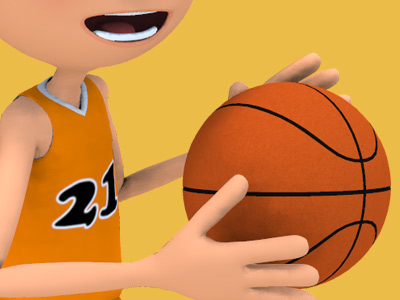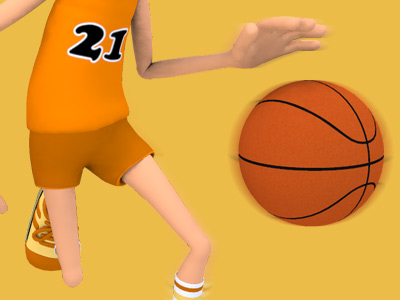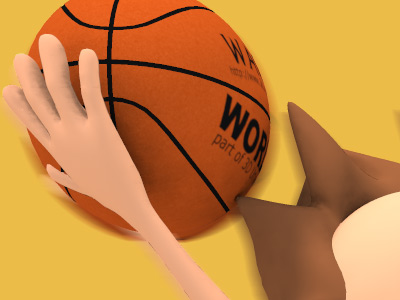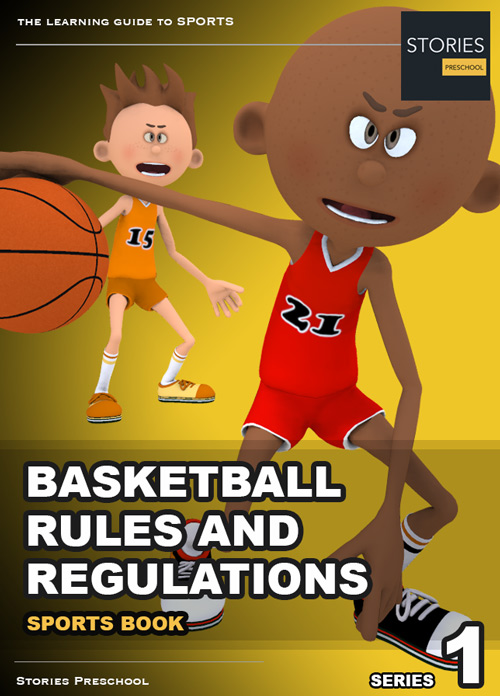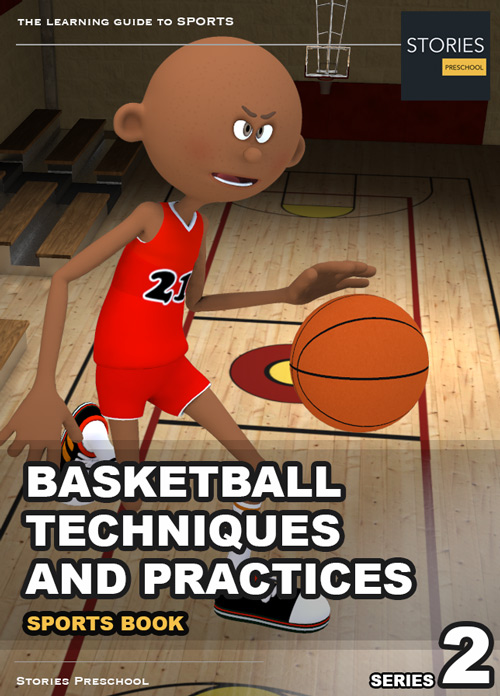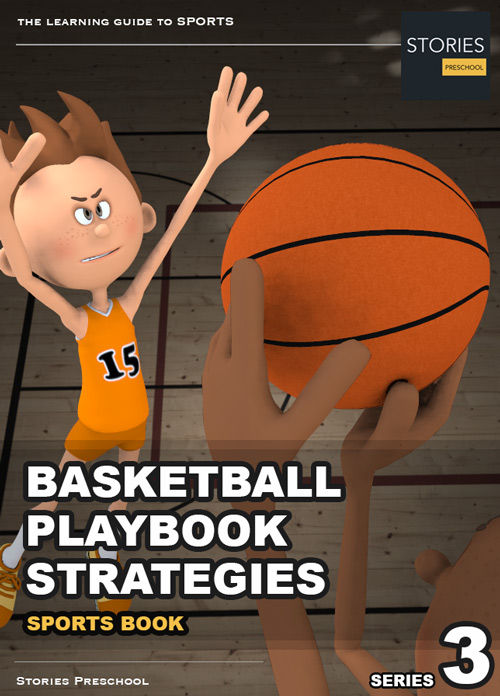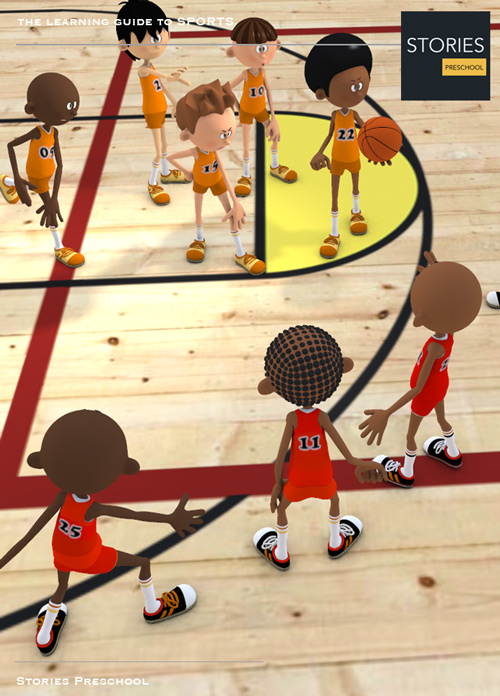Basketball
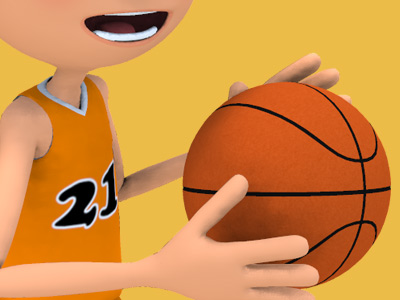
Basketball Shot Clock
In basketball, the shot clock is a timer designed to increase the game's pace (and scoring levels). The offensive team must attempt a field goal with the ball leaving the player's hand before the shot clock expires and either touching the rim or entering the basket. If the offensive team fails to register a field goal attempt within the time limit, they are assessed a violation resulting in a turnover to their opponents; if the ball hits or enters the rim after the clock expires, it is not a violation so long as it left the player's hand before expiration. The maximum time limit of the shot clock varies by level of play and league: The National Basketball Association has had a 24-second limit since first introducing the clock in the 1950s; and college basketball for both men and women has a 30-second limit. The WNBA had a 30-second clock originally; since 2006 the limit is 24 seconds.
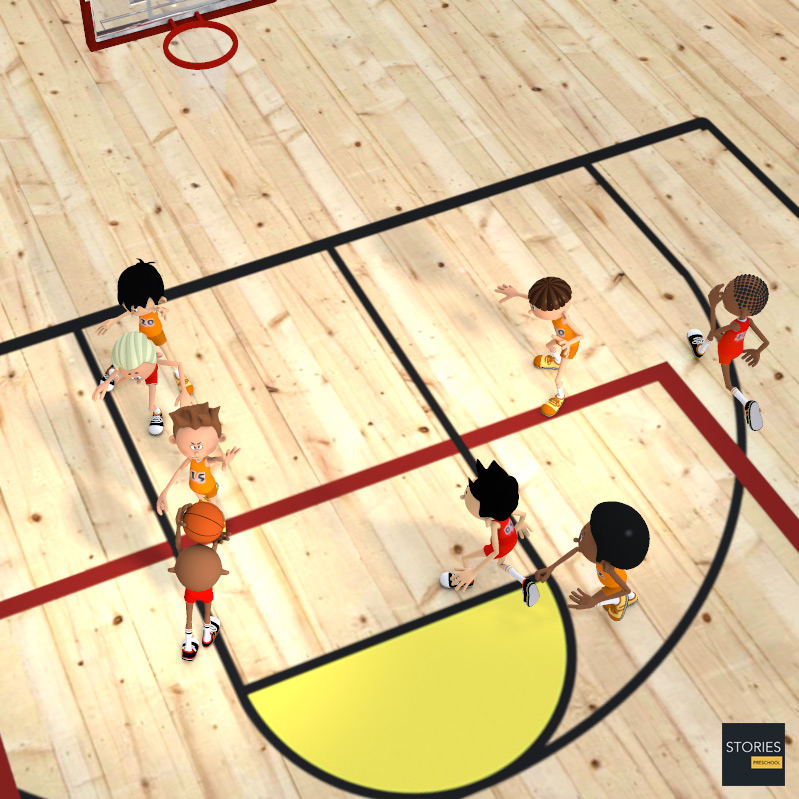
History
Background
The NBA (National Basketball Association) had problems attracting fans (and positive media coverage) before the shot clock's inception. This was due to teams running out the clock once they were leading in a game; without the shot clock, teams passed the ball nearly endlessly without penalty. If one team chose to stall, the other team (especially if behind) would often commit fouls to get the ball back following the free throw. Very low-scoring games with many fouls were common, which bored fans. The most extreme case occurred on November 22, 1950, when the Fort Wayne Pistons defeated the Minneapolis Lakers by a record-low score of 19–18, including 3–1 in the fourth quarter. The Pistons held the ball for minutes at a time without shooting (they attempted 13 shots for the game) in order to limit the impact of the Lakers' dominant George Mikan. The Pistons' performance led the St. Paul Dispatch to write "[The Pistons] gave pro basketball a great black eye." NBA President Maurice Podoloff said, "In our game, with the number of stars we have, we of necessity run up big scores." A few weeks after the Pistons/Lakers game, the Rochester Royals and Indianapolis Olympians played a six-overtime game with only one shot in each overtime. The NBA tried several rule changes in the early 1950s to speed up the game and reduce fouls before eventually adopting the shot clock.
Creation
The shot clock first came to use in 1954 in Syracuse, New York, where Syracuse Nationals owner Danny Biasone and general manager Leo Ferris experimented using a 24-second version during a scrimmage game. According to Biasone, "I looked at the box scores from the games I enjoyed, games where they didn't screw around and stall. I noticed each team took about 60 shots. That meant 120 shots per game. So I took 48 minutes – 2,880 seconds – and divided that by 120 shots. The result was 24 seconds per shot." Biasone and Ferris then convinced the NBA to adopt it for the 1954–55 season, a season in which the Nationals won the NBA Championship.
Syracuse Nationals General Manager Leo Ferris has emerged in the discussion as one of those involved in the creation and development of the shot clock. Along with Danny Biasone and Emil Barboni, a scout for the Nats, Leo Ferris was a key figure in developing the 24-second clock. Jack Andrews, longtime basketball writer for The Syracuse Post-Standard, often recalled how Ferris would sit at Danny Biasone's Eastwood bowling alley, scribbling potential shot clock formulas onto a napkin. Ferris, who loved mathematics, ended up dividing the number of seconds in a 48-minute game (2,880) by the average number of shots taken in a game (120) to get to the 24-second time limit per possession. While he and Biasone often share in the credit for the shot clock, it was Ferris who was singled out by business manager Bob Sexton at the 1954 team banquet for pushing the shot clock rule.
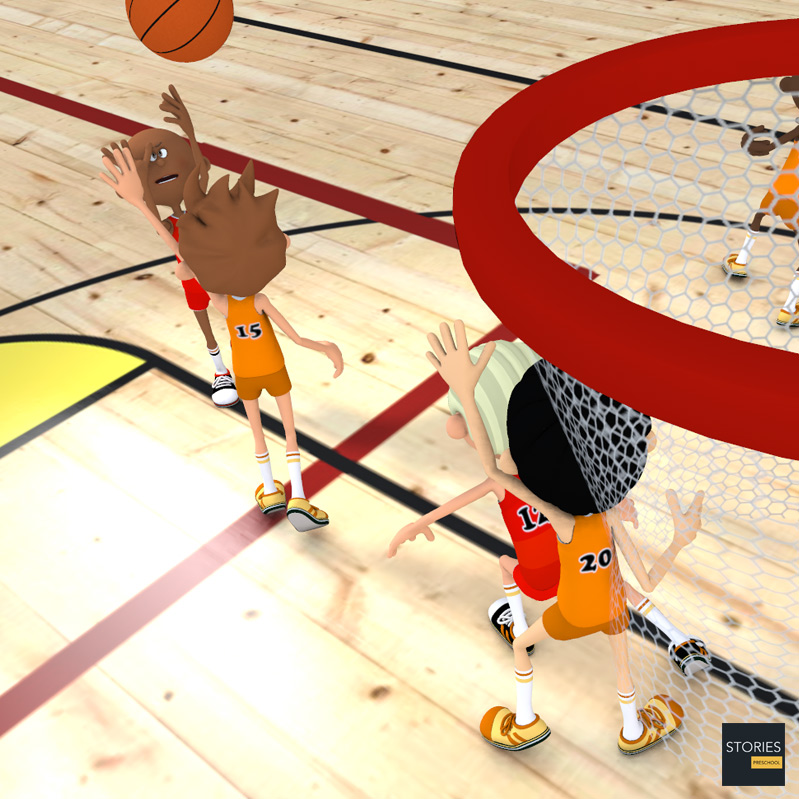
Use and reaction
When it was first introduced by the NBA, the 24-second shot clock made players so nervous that it hardly came into play, as players were taking fewer than 20 seconds to shoot. According to Syracuse star Dolph Schayes, "We thought we had to take quick shots – a pass and a shot was it – maybe 8–10 seconds... But as the game went on, we saw the inherent genius in Danny's 24 seconds – you could work the ball around [the offensive zone] for a good shot."
The shot clock, together with some rule changes concerning fouls, revolutionized NBA basketball. In the last pre-clock season (1953–54), teams averaged 79 points per game; in the first year with the clock (1954–55), the average was 93 points, which went up to 107 points by its fourth year in use (1957–58). The advent of the shot clock (and the resulting increase in scoring) coincided with an increase in attendance, which increased 40% within a few years to an average of 4,800 per game.
The shot clock received near-universal praise for its role in improving the style of play in the NBA. Coach and referee Charley Eckman said, "Danny Biasone saved the NBA with the 24-second rule." Boston Celtic all-star Bob Cousy said, "Before the new rule, the last quarter could be deadly. The team in front would hold the ball indefinitely, and the only way you could get it was by fouling somebody. In the meantime, nobody dared take a shot and the whole game slowed up. With the clock, we have constant action. I think it saved the NBA at that time. It allowed the game to breathe and progress." League president Maurice Podoloff called the adoption of the shot clock "the most important event in the NBA." The league itself states, "Biasone's invention rescue[d] the league."
Operation
In the NBA (since 1954), Women's National Basketball Association (since 2006), and FIBA play (since 2000; 30-second from 1956 to 2000), the shot clock counts down 24 seconds, thus often being called the "24-second clock." If a shot is attempted and hits or enters the rim, or if the defensive team gains possession via a rebound, steal, or out-of-bounds play, the shot clock resets. Failure by the offense to attempt a shot that hits the rim within the prescribed time results in a "shot clock violation" and a loss of possession to the other team. Three signals indicate when the shot clock expires -- a shot clock signal, illuminated lights on the shot clock (NBA, FIBA, Euroleague, and many venues using an NBA-style transparent shot clock), and in the NBA and Euroleague only, a yellow LED light strip on the backboard. In the 2011–12 NBA season and 2014-15 Euroleague, the last five seconds of the shot clock were modified to include tenths of a second, allowing offensive players to see precisely how much time they have to shoot and officials to determine any last-second shots easily.
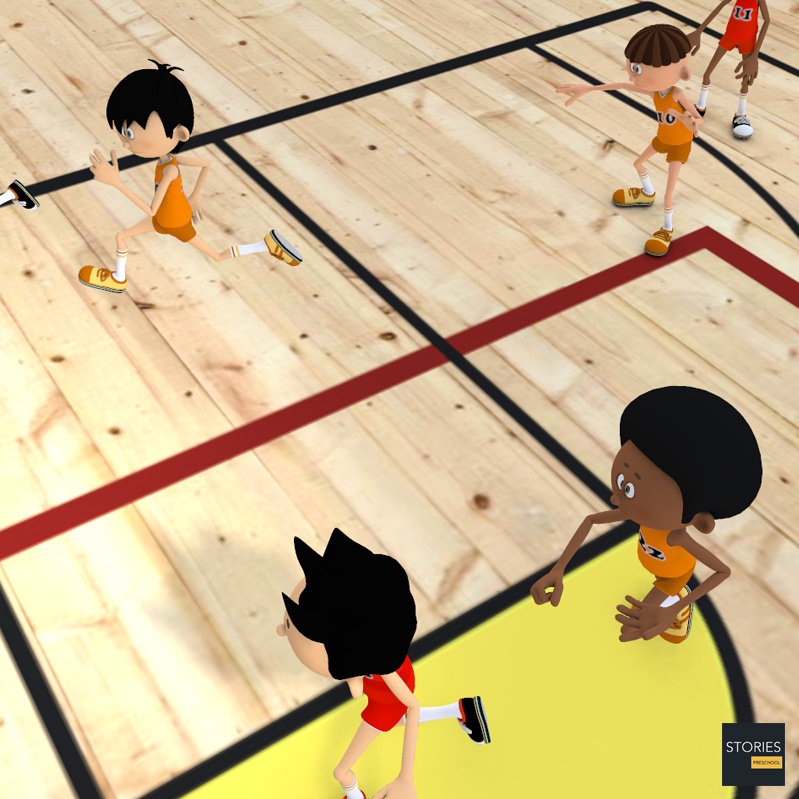
Furthermore, the shot clock is not reset on a foul in the frontcourt. Rule changes in the NBA since 1998, and in FIBA after 2010 state the shot clock will be reset only if 13 seconds or fewer are on the shot clock, after which it is reset to 14 seconds.
The NBA and Euroleague have different rules on the shot clock reset on jump balls; while both leagues have jump balls retained by the offense are reset to 14 seconds (if 13 seconds or fewer are on the shot clock), in the NBA, if the defense causes the jump ball, the shot clock is not reset if the offense keeps control of the ball unless fewer than 5.0 seconds of time remain, where it is reset to 5.0 seconds.
Also in FIBA play, if the offense retains control of a ball following a rebound, the shot clock is reset to 14 seconds.
Since the 2015–16 season, all American college basketball uses a 30-second shot clock, while Canadian university basketball uses a 24-second clock. The American women's game has used a 30-second clock since the 1970s, but the men's game did not adopt a shot clock until 1985. The men's limit was originally 45 seconds, and was shortened to 35 seconds in 1993 before going to 30 seconds in 2015. The National Federation of State High School Associations (NFHS), which sets rules for high school basketball in the U.S., does not mandate the use of a shot clock, instead leaving the choice to use a clock and its duration up to each individual state association. Proposals to adopt a national shot clock for high school basketball have been voted down by the NFHS as recently as 2011. Currently, eight U.S. states require the use of a shot clock of 30 seconds in high school competition: California, Maryland (girls only), Massachusetts, New York, North Dakota, Rhode Island, South Dakota, and Washington.
SPORTS
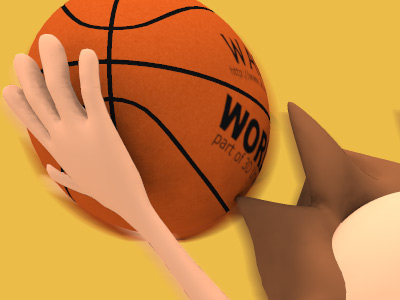
RESOURCES
This article uses material from the Wikipedia articles "Basketball" and "Shot clock", which is released under the Creative Commons Attribution-Share-Alike License 3.0.
© Stories Preschool. All Rights Reserved.
